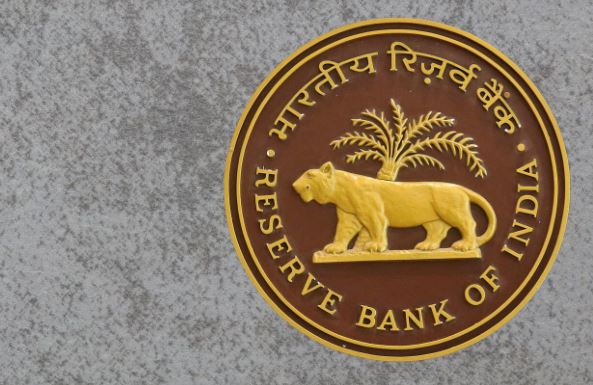India Requires 8-10% Annual Growth to Harness Demographic Dividend: RBI’s Report
According to the recent report, the Indian economy must grow at a rate of 8-10% per annum over the next decade to reap the benefits of its demographic dividend. The RBI emphasizes that India’s developmental strategy for the coming decades should focus on maximizing the contribution of its young and growing labor force to the growth of gross value added (GVA).
What is Demographic Dividend in India?
Demographic Dividend in India:
- Working-age population expanding rapidly
- 7 million per year (2021-2031)
- 2 million per year (2031-2041)
- Opportunity for accelerated economic growth
- Requires focus on labor quality, employability, and formalization
- India’s demographic dividend started accruing from 2018 and is expected to last until 2055.
- The working-age population in India is projected to expand at a rate of about 9.7 million per year during 2021-2031 and 4.2 million per annum during 2031-2041.
Growth Trajectory
- In the past 10 years, the average annual real GDP growth in India has been less than 6%.
- However, in the post-pandemic years, the economic growth has been above 7%, with capital deepening powering the step-up in the growth trajectory.
- The RBI notes that conditions are shaping up for an extension of the trend upshift that took the average real GDP growth above 8% during 2021-2024.
Development Strategy
- The RBI emphasizes that the cutting edge of the growth strategy will be provided by a focus on labor quality.
- Raising employability, with a focus on the formalization of employment opportunities for the youth and women, should continue to be the hallmark of the strategy.
- While labor quality has grown slowly in the past, there is growing evidence that the growth rate of aggregate labor quality has improved since 2017-2018.
Inflation Risks
- The RBI warns that extreme weather events, along with prolonged geopolitical tensions, pose a risk to inflation.
- Food inflation, despite some signs of moderation, remains elevated and a potential source of risk to the disinflation trajectory.
- The impact of food shock on core inflation has reduced over time, while that of fuel shock has increased recently.
About RBI (Reserve Bank of India)
- India’s central bank and monetary authority, established in 1935
- Responsible for monetary policy, currency management, and financial stability
- Regulates and supervises banks and non-banking financial companies (NBFCs)
- Manages foreign exchange reserves and governs foreign exchange market
- Promotes financial inclusion and development
- Publishes monthly bulletins and annual reports on the state of the economy
- Emphasizes the need for 8-10% annual growth to harness India’s demographic dividend
Additional Facts related to Indian Economy
- India’s annual retail inflation based on the Consumer Price Index (CPI) eased to 4.9% in March 2024, after averaging 5.1% in the preceding two months and a high of 5.7% in December 2023.
- The RBI has sharply increased the policy repo rate during 2022 to control inflation and has kept it unchanged since February 2023.
- India’s GDP growth for the current financial year (FY25) is pegged at 7% by the RBI’s monetary policy committee.
India’s ability to achieve and sustain high economic growth is crucial for harnessing its demographic dividend and improving the living standards of its population.
Month: Current Affairs - April, 2024
Category: Economy & Banking Current Affairs







